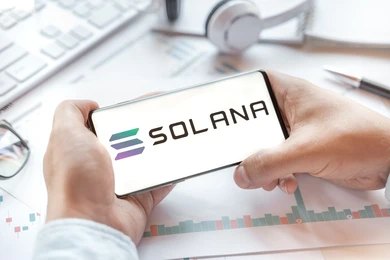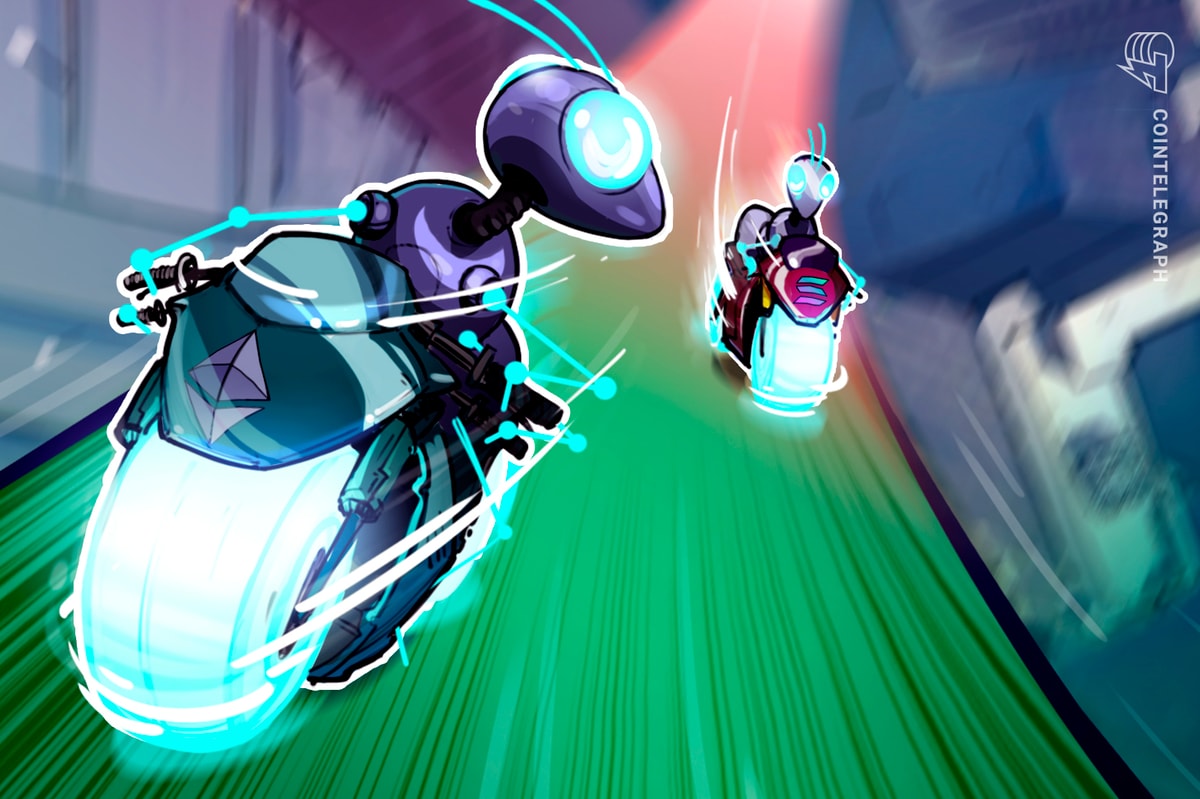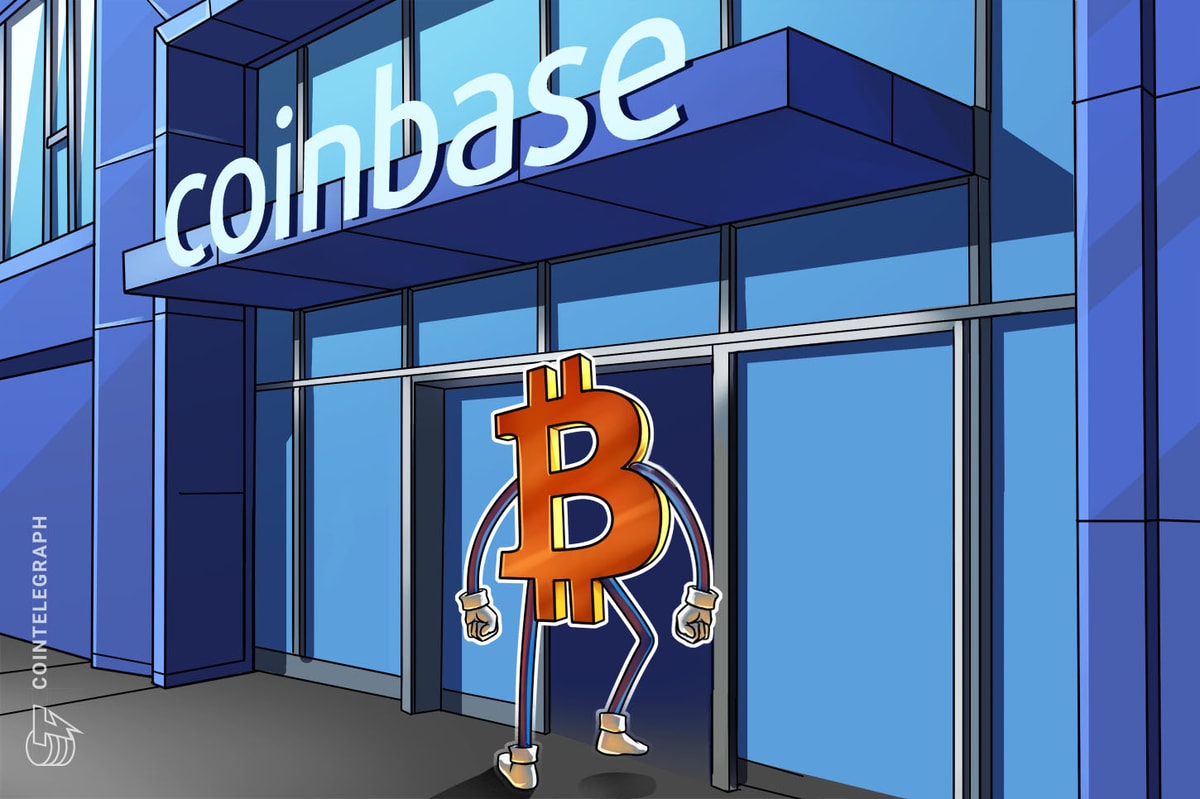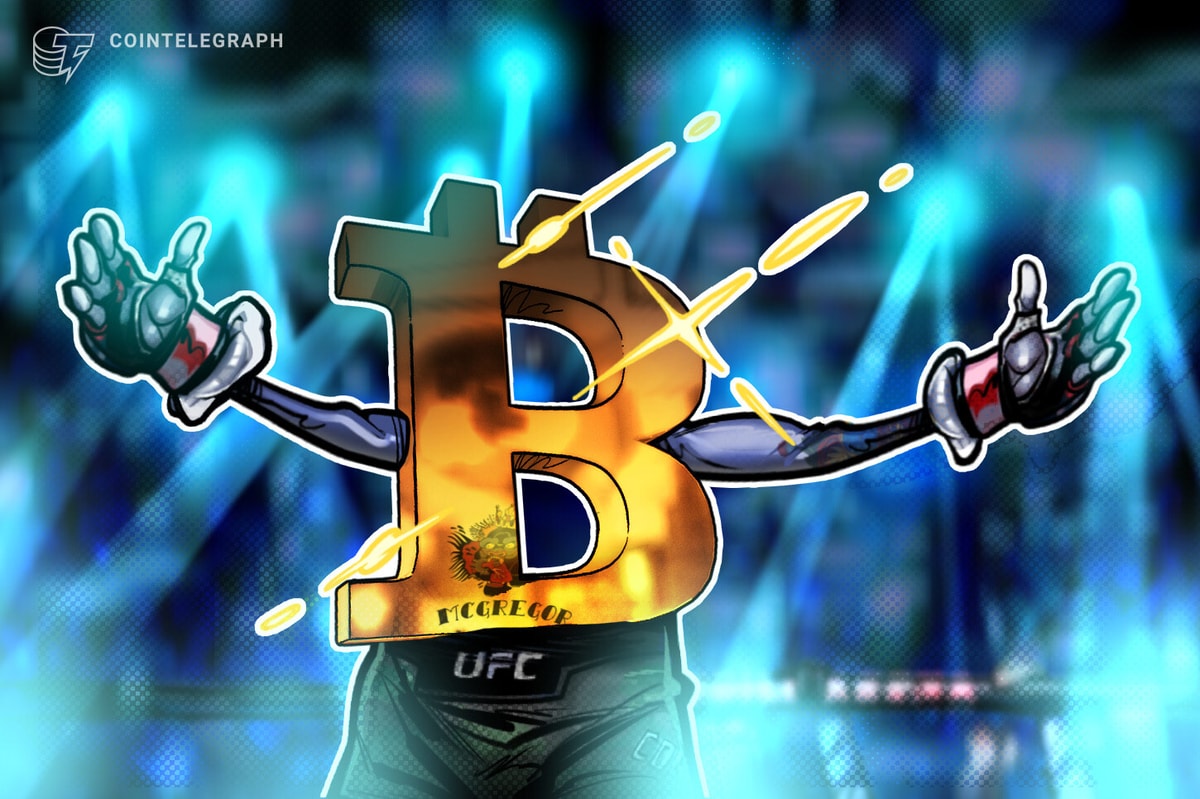Solana plans to release a full version of the Firedancer upgrade in 2025, with “pared-down versions” rolling out before then, according to Solana Foundation’s DePIN lead, Kuleen Nimkar.
The upgrade aims to increase Solana’s overall reliability and scalability as network activity from decentralized infrastructure protocols continues to grow. “We’re seeing a ton of up-and-coming deep-end projects that are doing everything,” Kuleen said of DePIN activity at DEFICON on May 23.
DePIN, or decentralized physical infrastructure networks, refers to the use of blockchain to manage and operate physical infrastructure systems.

According to Kuleen, DePIN use cases in the Solana ecosystem range from protocols working on decentralized energy solutions - with homeowners creating interconnected virtual power plants - to GPU networks and data collection. For example, some projects incentivize users to install browser extensions that crawl the internet and gather data to train large language models.
Protocols pumping DePIN activity onto Solana include Helium, Hivemapper, and Render. Data from Dune Analytics shows a surge in Hivemapper’s ‘mappers’ in 2024, from around 30,000 drivers connected to nearly 67,000 in May.

As node operators on the Hivemapper protocol, mappers use dash-mounted cameras to capture video footage of streets and intersections as they drive. This video data is then used for maps serving various purposes, including navigation. Mappers are incentivized for their contributions through rewards in the protocol’s native token. Kuleen noted:
“All of us have probably had the experience of looking at Street View and thinking, ‘this is not at all what my neighborhood looks like. The reason for that is how Street View gets created, mostly through a fleet of cars that Google owns and operates. But owning and operating a fleet of cars is really expensive. It’s much cheaper to pay people who are driving around anyway to collect that data.”
Solana’s transaction speed and low cost are said to be an incentive for DePIN projects, but congestion and network outages still pose challenges for developers. On Feb. 9, another prolonged outage hit the Solana network, causing nearly five hours of downtime.
“One thing is there’s a big focus for us on getting Firedancer live,” said Kuleen about the independent validator client being developed with Jump Crypto.
Magazine: ‘Crypto is inevitable’ so we went ‘all in’ — Meet Vance Spencer, permabull











